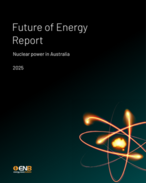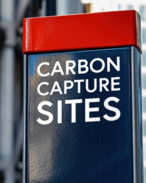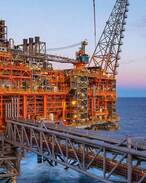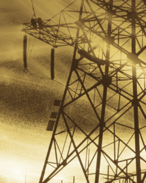This article is 18 years old. Images might not display.
Late last month the Canadian listed junior announced it was downsizing its New Zealand operations, primarily due to a continued lack of exploration success and legal disputes with private company Green Gate over the drilling of Kate-1 in onshore Canterbury that saw TAG's Toronto Stock Exchange share price plummet, from about C60c to as low as C22c.
TAG president Drew Cadenhead said at the time that TAG would cut back on exploration, dismissing two exploration staff, though it had not decided which exploration permits to keep and which to relinquish.
Now Cadenhead says his company’s oil focus, and sole shallow (Miocene-aged or younger) activity, will be the effective development of the small onshore Taranaki Cheal oil field, in which it holds a 30.5% interest, along with operator Austral Pacific Energy (69.5%).
“We plan to expand exploration efforts around this proven pool, where we have a new 3D seismic survey,” he said.
“For gas, we plan to focus on the deep gas projects where we know gas is held; the challenge is to find the key to unlock these tight reservoirs.
“Prospects like Cardiff, Kahili and Waitoriki, where wells are anticipated in the coming months, all hold significant potential.
“Additionally, TAG plans to maintain a certain percentage of high-risk, high-return prospects in our portfolio, but to risk-manage these opportunities through various options, including farmouts and by leveraging technology.”
Cadenhead said of the three onshore Taranaki deep gas (Eocene-aged or older) prospects ready to be drilled, Cardiff and Kahili were essentially “re-drills” from the existing discoveries, while Waitoriki was the primary exploration target left in licence PEP 38741 (operator Austral Pacific Energy, 55%, TAG 45%).
At Cardiff, the joint venture, headed by operator Austral, needed to establish commercial gas production by next August in order to keep the permit.
It was looking at options to commercialise this potentially large discovery (up to 250 bcf of gas), including the possibility of a well workover to try to establish commercial gas flows from the drilled, but untested, K3E zone.
At nearby Kahili, a second well was planned for the third quarter as the partners believed a significant gas-condensate accumulation existed updip of the now shut-in Kahili-1B well, which could be hooked up to the existing unused production station.
Waitoriki was a prospect with the potential to hold up to 100bcf of gas, plus three million barrels of condensate that had been defined with 3D seismic. It offset the 47 million barrel-plus oil, 120bcf gas McKee field, less than 5km to the northwest, and should be drilled by May 2008.
Cadenhead added that TAG continued to assess some good opportunities in frontier basins.
In onshore Canterbury, Salmon and Chertsey were both higher-risk, big-impact style prospects currently 100% owned by TAG.
“We’re studying the feasibility of drilling a single well at Salmon, either by ourselves or with a farm-in partner. Our pre-drilling work is nearly complete, so we are ready to move quickly if our feasibility studies, and rig cost and availability, indicate this is a prudent course of action.
“Chertsey is a contingent well, depending entirely on the result at Salmon.”
Cadenhead also said TAG has filed documents with Crown Minerals to finalise the assignment of a 35.5% interest in two licences PEP 38341 and 342, currently operated by Texas independent Discovery Geo, in the Wairarapa Basin on the North Island’s east coast.
The area had no previous wells, though there was some old seismic data, and “a great deal of oil and gas seeps”. A 2D seismic program was completed last year and a field geology crew had just completed mapping, which confirmed structural closure of some of the interpreted surface anticlines. A slim-hole drill test of at least one of these structures was planned.
“Clearly, this gives us good reason to look for where these hydrocarbons may be trapped in subsurface pools,” Cadenhead added.






















